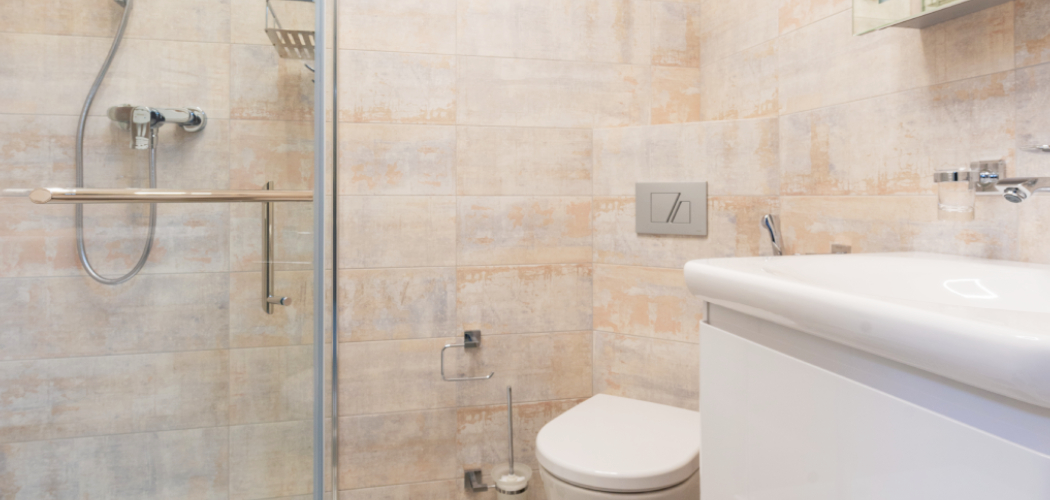Quartz shower walls are an ideal choice when it comes to bathroom remodeling because of their durability and low maintenance needs. However, with regular use, these walls will eventually need to be cleaned and maintained on a regular basis. Quartz shower walls offer a variety of advantages over traditional tile, stone, and acrylic shower surfaces.
Quartz shower walls are scratch-resistant, so they will not become dull and outdated with use. The nonporous surface also helps prevent the growth of mold and mildew, which can lead to health hazards in the home.
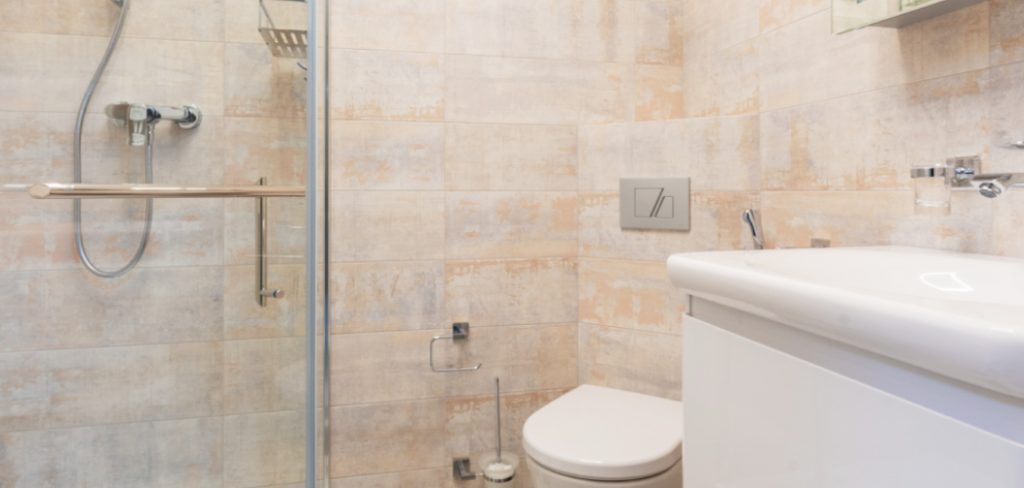
Moreover, quartz shower walls are easy to clean and maintain, making them an ideal choice for busy families. You can find step-by-step instructions on how to clean quartz shower walls in this blog article.
Step-by-Step Processes for How to Clean Quartz Shower Walls
Step 1: Inspect the Walls
Before you begin cleaning, inspect the quartz shower walls for a few minutes. Look for any areas that may need special attention or extra cleaning due to mold, mildew, dirt, soap scum, or other contaminants. Once you have identified those spots, it is time to start cleaning.
Step 2: Prepare Cleaning Solution
Mix a few drops of mild dishwashing liquid with warm water to create your cleaning solution. You can also add a small amount of white vinegar for extra cleaning power. Do not use any harsh chemicals or abrasive scrubbing sponges, as these may damage the quartz shower walls.
Step 3: Apply Cleaning Solution
Apply the cleaning solution to the walls using a soft cloth or non-abrasive sponge. Take your time, and be sure to reach every area that needs extra attention. Scrub gently with circular motions until you remove all of the dirt and grime from those spots. Rinse the walls off with warm water to remove the cleaning solution.
Repeat this process a few times until all the soap residue is gone and no soapy film is left behind.
Step 4: Wipe Walls. Dry
Once you have rinsed the walls, use a clean, dry cloth to wipe them down. This will help remove any excess water and prevent hard water stains from forming. For tough spots, use a soft scrub pad to scrub away the dirt or soap scum gently. Ensure you only use light pressure when scrubbing and never press too hard on the quartz shower walls.
Step 5: Rinse Again
Once you have finished scrubbing, rinse off the walls with warm water again to remove all traces of soap or dirt. Again, use a clean, dry cloth to dry the walls and prevent water spots from forming. If you want to give your quartz shower walls an extra sparkle, use a glass cleaner. Apply the cleaner directly to the wall and wipe away with a soft clean cloth.
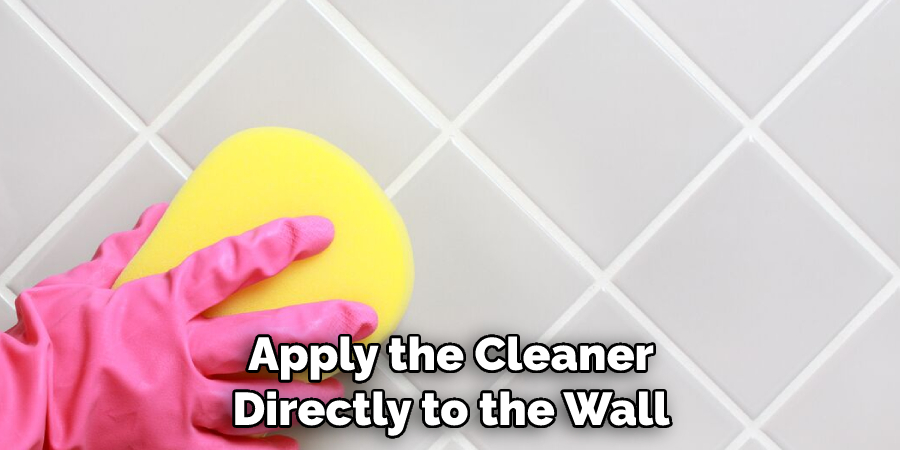
By following these simple steps, you can easily keep your quartz shower walls looking great. With regular maintenance and a little bit of elbow grease, your quartz shower walls will stay sparkly and beautiful for years to come.
Tips for How to Clean Quartz Shower Walls
- Before cleaning, wear protective gloves to protect your hands from harsh chemicals or abrasive materials.
- Use mild detergent and warm water to clean quartz shower walls. Avoid using any harsh cleaners as they may damage the surface of the quartz.
- If stubborn stains are present, mix baking soda with a small amount of water and scrub with a soft cloth.
- Always use a non-abrasive sponge or cloth to avoid damaging the quartz walls.
- Do not use bleach as it could discolor the quartz, instead, opt for hydrogen peroxide or rubbing alcohol.
- Wipe down the walls after every use to prevent dirt and grime from building up.
- Seal the quartz shower walls every two years or as needed to protect and keep them looking like new.
Follow these steps when cleaning quartz shower walls to ensure they remain in good condition for many years to come.
What is the Best Way to Clean Quartz Shower Walls?
If you have quartz shower walls, cleaning them regularly is important to keep them looking their best. Quartz is a resilient material that can tolerate most standard cleaning methods without issue, but there are certain techniques that work better than others for keeping your quartz shower walls looking their best.
To begin with, always start by removing any visible dirt or debris by wiping the surface with a damp cloth. Be sure to use a non-abrasive cloth to prevent scratching the quartz.
If you find still dirt or grime left behind, you can use a mild detergent and warm water to break it down and remove it. Once the surface is clean, rinse it thoroughly with warm water to ensure that all of the soap residue has been removed.
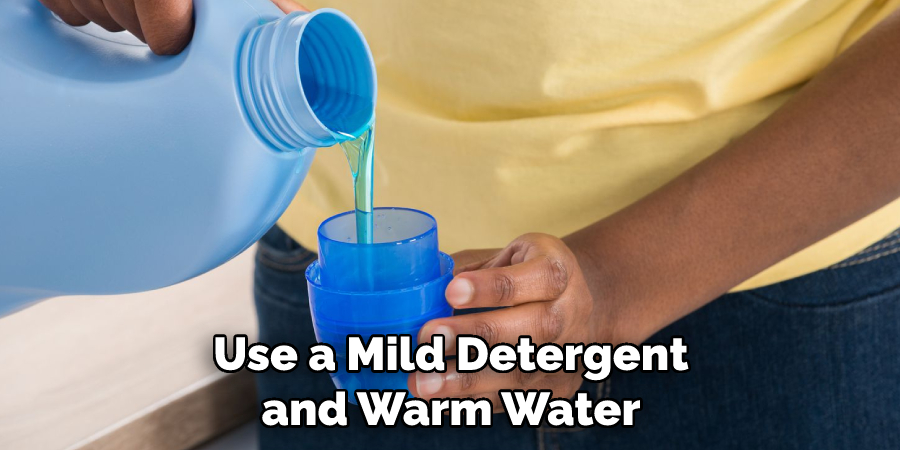
You can try using a damp microfiber cloth and some mild cleanser for an extra deep clean. Allow the cleaning solution to sit on the quartz for a few minutes before wiping it off with another dry microfiber cloth.
How Often Should You Clean Your Quartz Shower Walls?
Quartz shower walls are easy to clean and maintain, but keeping up with regular cleaning is important. To ensure your quartz shower wall remains in great condition, it is best to clean it at least once a month with warm, soapy water. You can also use non-abrasive cleaners like diluted vinegar or baking soda if necessary.
After cleaning, rinse the wall with clear water to remove any residue and dry it thoroughly. For tougher stains or soap scum build-up, you can use a paste of baking soda and water to gently scrub away the stain using a soft cloth or sponge.
Be sure not to use an abrasive tool such as steel wool, as this can scratch the surface of your quartz shower wall. Rinse and dry thoroughly when finished. For best results, you should also wipe down your quartz shower walls with a damp cloth after each use to prevent soap scum or mineral deposits from forming on the surface.
This will help keep it looking fresh for longer and reduce the amount of deep cleaning needed. Doing this will also help keep your quartz shower wall free from mold and mildew build-up, which can be difficult to remove.

Can You Use a Steam Cleaner on Quartz Shower Walls?
Steam cleaning is a great way to deep clean surfaces and tackles tough-to-remove stains, but it isn’t always the best choice when it comes to quartz shower walls. Although steam can help loosen stuck-on grime and dirt from the surface of the quartz, using too much steam on quartz walls could cause the protective sealant over the quartz to become damaged or weaken over time.
This could lead to water seeping in and damaging the underlying stone, leading to costly repairs.
For best results, using a mild cleaner specifically designed for quartz surfaces is recommended when cleaning your quartz shower walls. These types of cleaners are formulated with special ingredients that won’t damage the quartz but still provide effective cleaning power. Start by spraying your walls with the cleaner, and then use a soft cloth or sponge to wipe away any dirt or grime.
Is There Any Danger of Damaging the Quartz Shower Walls if I Use a Steam Cleaner?
Steam cleaners are incredibly efficient and powerful tools when it comes to cleaning. However, they can cause some damage if used incorrectly or on the wrong surfaces.
Quartz shower walls should generally be safe from steam cleaner damage as long as you use the device according to its instructions and protect any fixtures, such as grout lines, with a plastic cover before using the steam cleaner. Additionally, it’s important only to use the appropriate cleaning solution for your type of quartz walls and to avoid using excessive pressure when cleaning.
Finally, ensure you keep the nozzle moving while using the steam cleaner so that one spot does not become too hot from the concentrated flow of air. Following these steps will help protect your quartz shower walls from any damage while still getting them clean and sparkling.
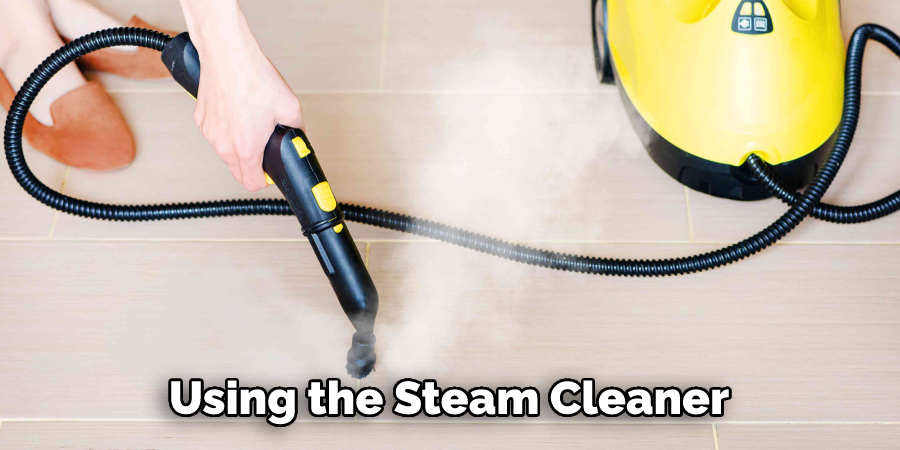
If you take the proper precautions when using a steam cleaner to clean your quartz shower walls, there should be no danger of damaging the surface. However, it’s always best to err on the side of caution and use the device as recommended by the manufacturer.
How Do You Properly Store Your Cleaning Supplies and Tools for Quartz Shower Walls?
When it comes to cleaning quartz shower walls, having the proper tools and supplies will make all the difference. To ensure your quartz surfaces are properly cleaned, you should store all of your supplies safely and securely. The best place to store any cleaning products is in a cool, dry area.
If possible, keep items away from direct sunlight and moisture, as this can cause discoloration or damage to your quartz. It is also important to keep cleaning products away from children and pets.
You must also have the right tools for the type of quartz in your shower walls. For example, if you have textured quartz, then a soft brush might be needed to remove dirt and debris from its surface.
You will also need a gentle cleaner or soap for the quartz, such as an all-purpose cleaner, baking soda, or vinegar solution. When it comes to cleaning quartz surfaces, having the right tools and supplies is paramount to proper care.
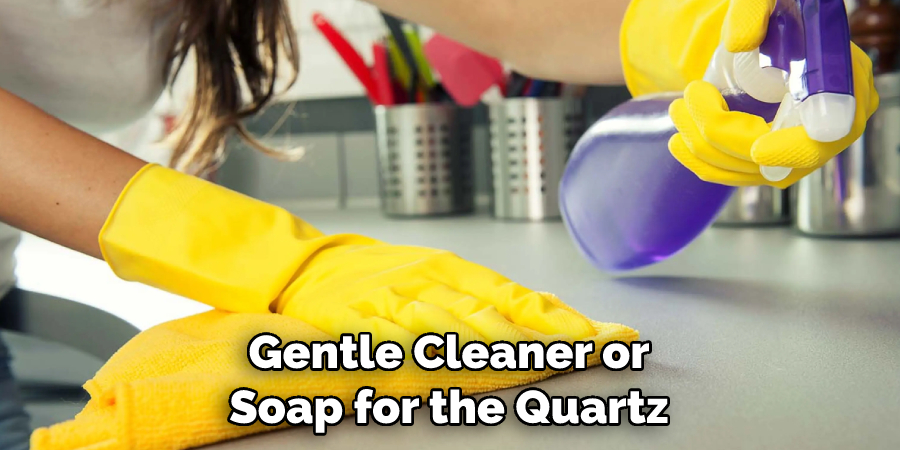
Conclusion
One of the disadvantages of cleaning quartz shower walls is that it requires a special cleaner, as general household cleaning products can cause damage to your quartz surfaces. In addition, the product must be specifically designed for quartz surfaces and not just any cleaner.
It is also important to follow the manufacturer’s instructions and use only a small amount of the product in order to avoid damage or discoloration.
In conclusion, cleaning quartz shower walls is easy and straightforward when done correctly. Remember to use the right products, such as mild soap, warm water, and a soft cloth or brush, which is important. Avoid using harsh abrasives or chemicals that could potentially damage the surface of your quartz shower walls.
I hope this article has been beneficial for learning how to clean quartz shower walls. Make Sure the precautionary measures are followed chronologically.

